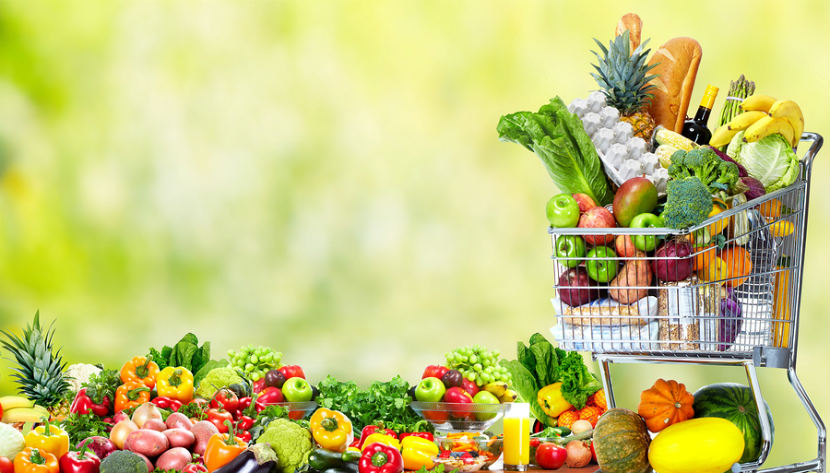
Healthy eating starts with having healthy foods in your home. With so many options, knowing what to choose can be a challenge. Rest assured, with a little preparation and knowledge, making the right choices can be as easy as one, two, three!
-
Have a plan! Create a weekly meal plan based on Eating Well with Canada's Food Guide.
-
Make a list! Use your meal plan to make a grocery shopping list.
-
Stick to it! Use your shopping list and stick to it at the grocery store.
How to make wise choices with Eating Well with Canada's Food Guide:
Choosing a variety of foods from all four food groups can help you achieve a balanced, healthy eating plan.
Spend most of your time in the produce, bread, milk and meat sections of the store, where you will find a variety of fresh foods recommended in Eating Well with Canada's Food Guide.
Enjoy plenty of vegetables and fruit.
Choose plenty of dark green and orange vegetables like broccoli, spinach, sweet potato and squash. Buy fresh or frozen vegetables whenever possible. Look for canned vegetables that are low in sodium. Canned and frozen fruits and vegetables packed in water or natural juice are as nutritious as fresh.
Make at least half your grain products whole grain.
Make at least half of your grain servings whole grain each day. Enjoy a variety of grains such as barley, quinoa and rice which are naturally sodium free. Look for the words "whole grain whole wheat flour", whole rye, whole oat or oatmeal, whole corn, whole barley, etc., at the beginning of the ingredient list on packaged grain products and choose grain products that are low in fat, sugar and salt.
Choose lower fat milk and alternatives.
Buy skim, 1% or 2% milk or a fortified soy beverage. Plan to drink two cups every day for adequate vitamin D. Compare the Nutrition Facts table on packaged foods to help you select lower fat milk alternatives like low fat yogurt and cheeses.
Select lean meat and alternatives
Buy leaner meats and enjoy alternatives such as beans, lentils and tofu often. Eat at least two servings of fish such as herring, char, mackerel, salmon, sardines and trout each week. Buy low sodium canned beans or try dried beans, peas and lentils. Buy unseasoned meat, poultry, fish, seafood and tofu. Choose unsalted nuts.
Oils and fats
Choose vegetable oils such as canola, olive, and soybean, low fat-mayonnaise and soft margarines that are low in saturated and trans fats. Limit butter, hard margarine, lard and shortening.
Limit food and beverage choices that are less healthy
Keep in mind that food and beverages that are high in calories, fat, sugar and salt (sodium) should be limited but can be enjoyed at times. These include cakes and pastries, chocolate and candies, cookies and granola bars, doughnuts and muffins, ice cream and frozen desserts, french fries, potato chips, nachos and other salty snacks, alcohol, fruit flavoured drinks, soft drinks, sports and energy drinks, and sweetened hot or cold drinks.
Read the Nutrition Facts Table
Use the Nutrition Facts table on food labels to choose nutritious products with less fat, saturated fat, trans fat, sugar and sodium. The % Daily Value tells you if the food has a little or a lot of a particular nutrient. 5% DV means a food has a little of a nutrient. 15% DV means a food has a lot of a nutrient. Remember that the calorie and nutrient content that is listed is based on the amount of food specified at the top of the table.
Last Update – March 1, 2018